Veggies and Vitamins
Written by: Heather Gerrish, MS, RDN
This week we will revisit some old favorites - micronutrients and macronutrients! With the highlight this week related to incorporating variety in the form of seasonal vegetables (a second reminder to not forget your veggies!) it is important to reflect on the WHY. Specifically, WHY we encourage focusing on creating a well rounded and balanced diet full of variety, flavor and when possible - a few extra servings of veggies! Let’s get started!
Macronutrients: major sources of fuel (carbohydrate, protein, fat) that are used in the body and obtained by the foods we eat.
Micronutrients: vitamins and minerals that are essential for growth, development and various metabolic functions that keep us movin’ and thriving on a daily basis.
If you are curious to learn more about the specifics of micronutrients (vitamins and minerals) and macronutrients (carbohydrate, fat, and protein) as well as the process of digestion and absorption take a look at these teaching videos:
Basics of Metabolism - highly recommended!
Focusing on variety allows us to incorporate diversity in the vitamin and mineral content of our diet as well as the total intake that we opt to include in our daily intake. For example, spinach is not only rich in color and can be the start of a tasty salad, omelet or side dish with ease, but it is an excellent source of vitamin C, vitamin A, folate and calcium. But what do these micronutrients do/provide our bodies?
Vitamin C: immune properties/collagen synthesis
Vitamin A: retinal function (eyes!), a fat-soluble vitamin
Folate: red blood cell metabolism and function
Calcium: bone strength, vitamin D metabolism
And you thought a few cups of spinach was just for looks. No way! It’s a powerhouse punch of micronutrients. These are only some of the amazing functions that these specific micronutrients have in the body!
Continuing with the topic of spinach, let’s switch gears and discuss macronutrients.:
Carbohydrates - aka “sugar” or “glucose” - found in starchy vegetables, fruit & grains. Also described as "fuel” for the body and brain (actually, the brain’s preferred source of energy is glucose!). Carbohydrates are also important for replenishing glycogen stores (a storage form of glucose found in the muscle and liver) after a hard workout.
Fat - Think shiny hair and strong nails! Fats play an important role in keeping our skin glowing and hair shiny and strong but often fat thought to be “bad” or should be “avoided” - (thanks but no thanks diet culture of the 1980’s) - but not quite the truth! We need some fat in the diet to help us not only with the topics discussed related to outer body function and appearance but internally as well. Fat is very important for the metabolism of - you guessed it - fat-soluble vitamins! [A, D, E and K]
Protein - building blocks of cells, important in immune function and helps us to repair (and build!) lean body tissue (muscles!) Our body is made up of protein, so it makes sense that we need to incorporate this macronutrient in our diets, right? Right!
Our metabolism is a set of chemical reactions that occur to allow us to live, move, breathe and thrive! It’s important to ensure that we are providing our bodies the best fuel we can in order to perform and train at our best.
From the moment you consume that serving of spinach, your body is working to digest, metabolize and absorb the nutrients provided in that food. Breaking the food down in your stomach to be transferred to the small intestine where absorption of nutrients begins and later to your large intestine where water and bile salts are extracted and recycled for later use. The body is an amazing machine and we need to make sure it has what it needs to manage this crazy world we all live in!
Vanovschi, Vitalii. “Spinach, Raw.” Garlic, Raw: Nutritional Value and Analysis, www.nutritionvalue.org/Spinach,_raw_nutritional_value.html.
“Basics of Metabolism.” Khan Academy, Khan Academy, www.khanacademy.org/partner-content/stanford-medicine/growth-and-metabolism/v/basics-of-metabolism.

